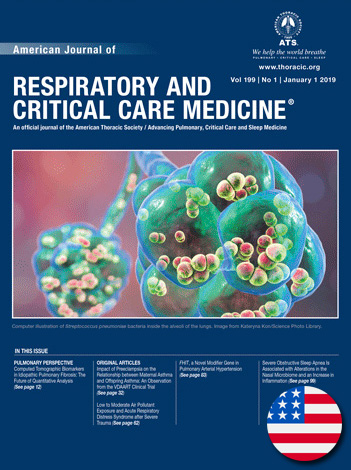
Autores
Tommaso Mauri, Elena Spinelli, Massimiliano Mariani, Amedeo Guzzardella, Chiara Del Prete, Eleonora Carlesso, Donatella Tortolani, Paola Tagliabue, Antonio Pesenti, Giacomo Grasselli
Publicação: American Journal of Respiratory and Critical Care Medicine – Volume 199, Edição 1
Ano: 1 de janeiro de 2019
DOI: https://doi.org/10.1164/rccm.201806-1124LE
Download
https://www.atsjournals.org/doi/full/10.1164/rccm.201806-1124LE
Abstract:
Physiologic effects of high-flow nasal cannula (HFNC) include CO2 washout from the upper airways, reduction of the work of breathing (1, 2), and generation of positive end-expiratory pressure (PEEP) (3, 4). However, the PEEP level obtained by HFNC is relatively low (i.e., 2–5 cm H2O), very difficult to measure in clinical practice, and predictably unstable (i.e., PEEP may vary with patient’s mouth opening) (3–6). The Helmet is an interface designed to deliver noninvasive positive pressure ventilation or continuous positive airway pressure (CPAP) in a more comfortable and effective way than facial masks (7, 8).
